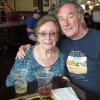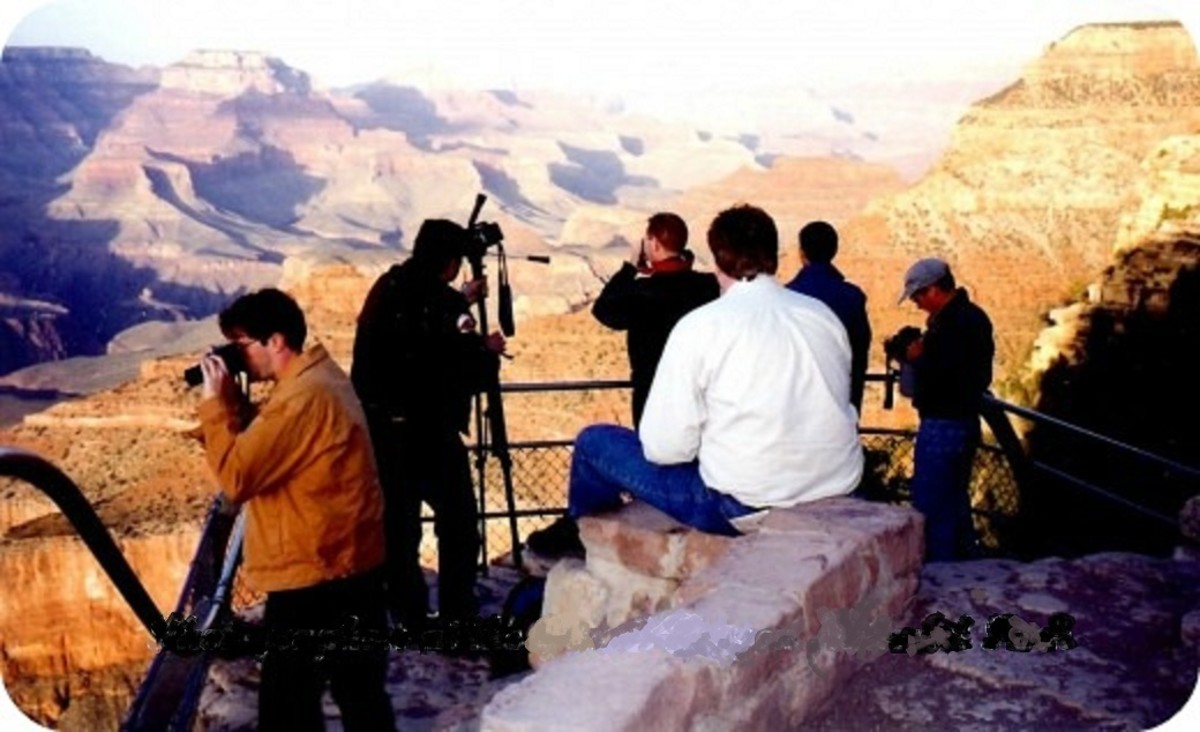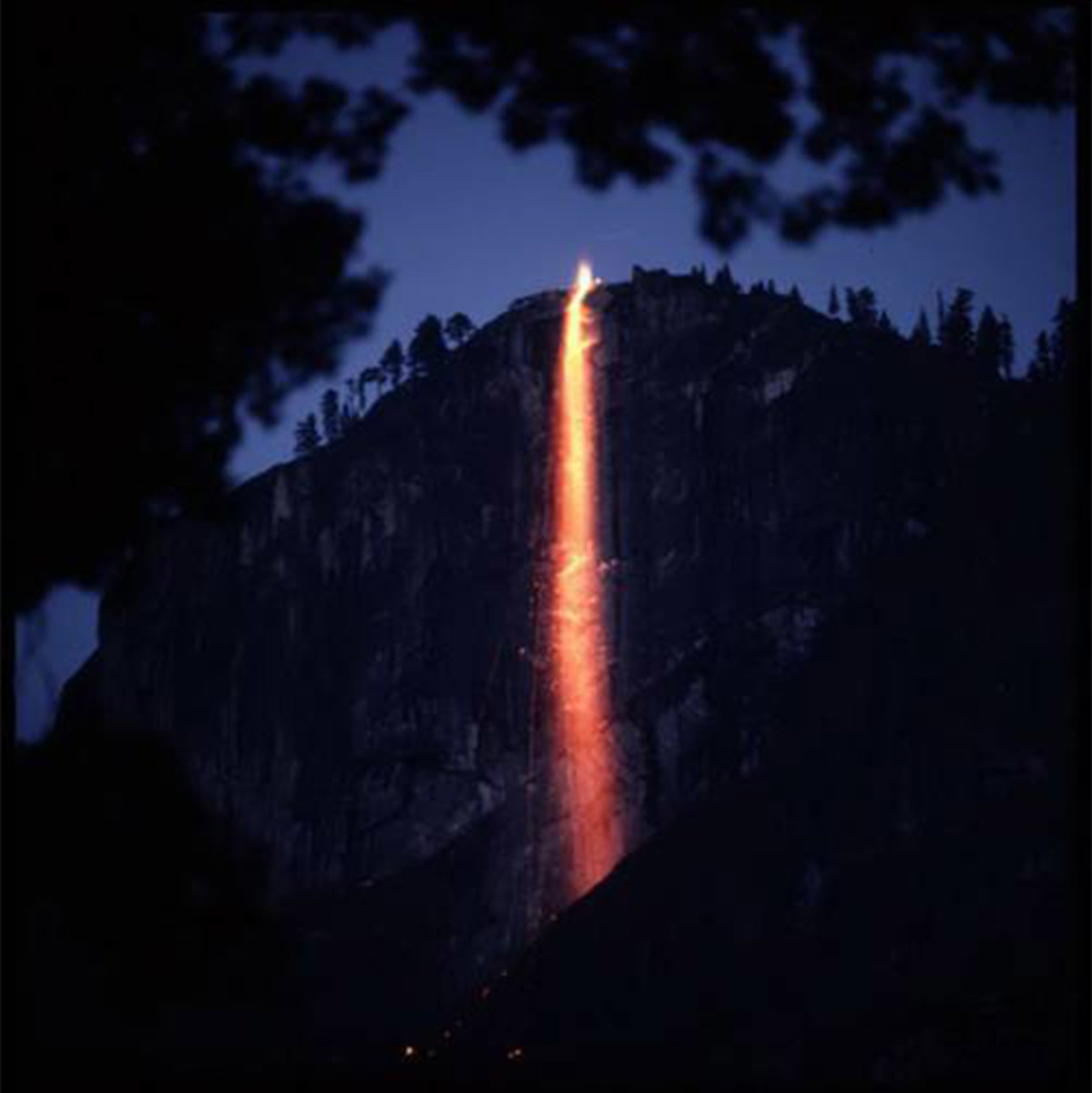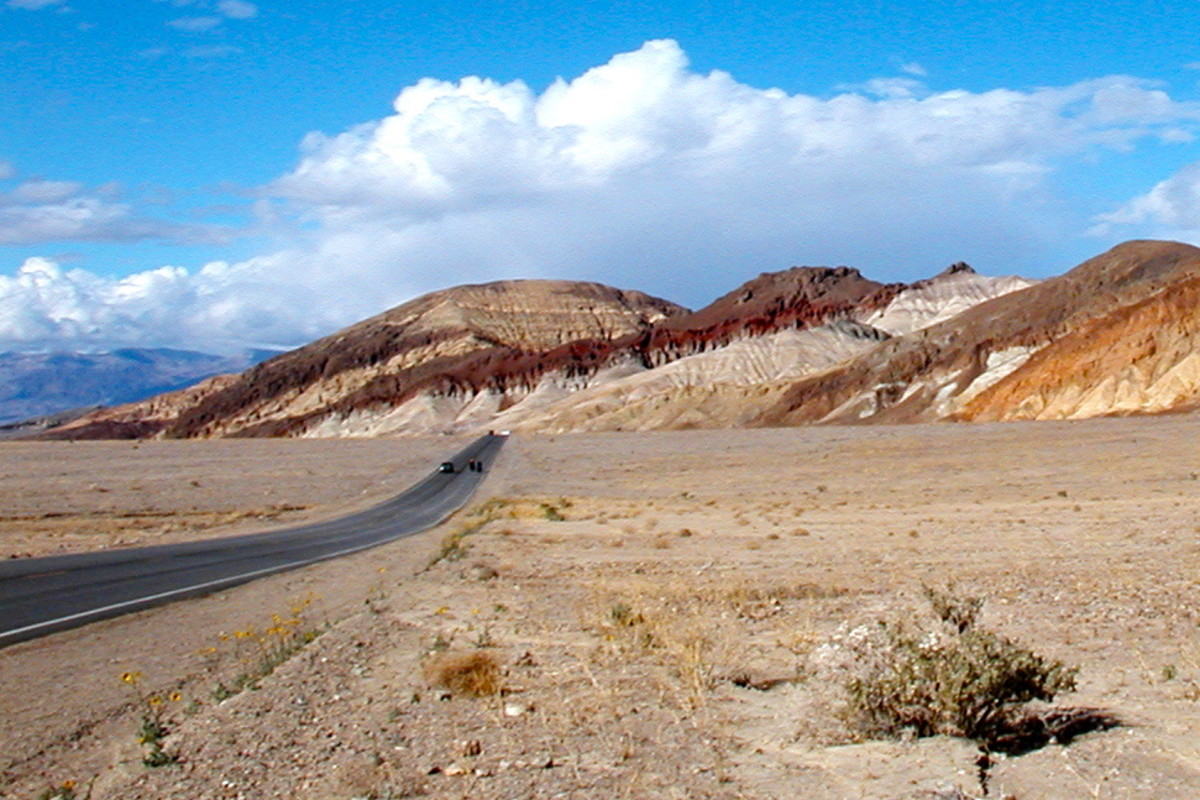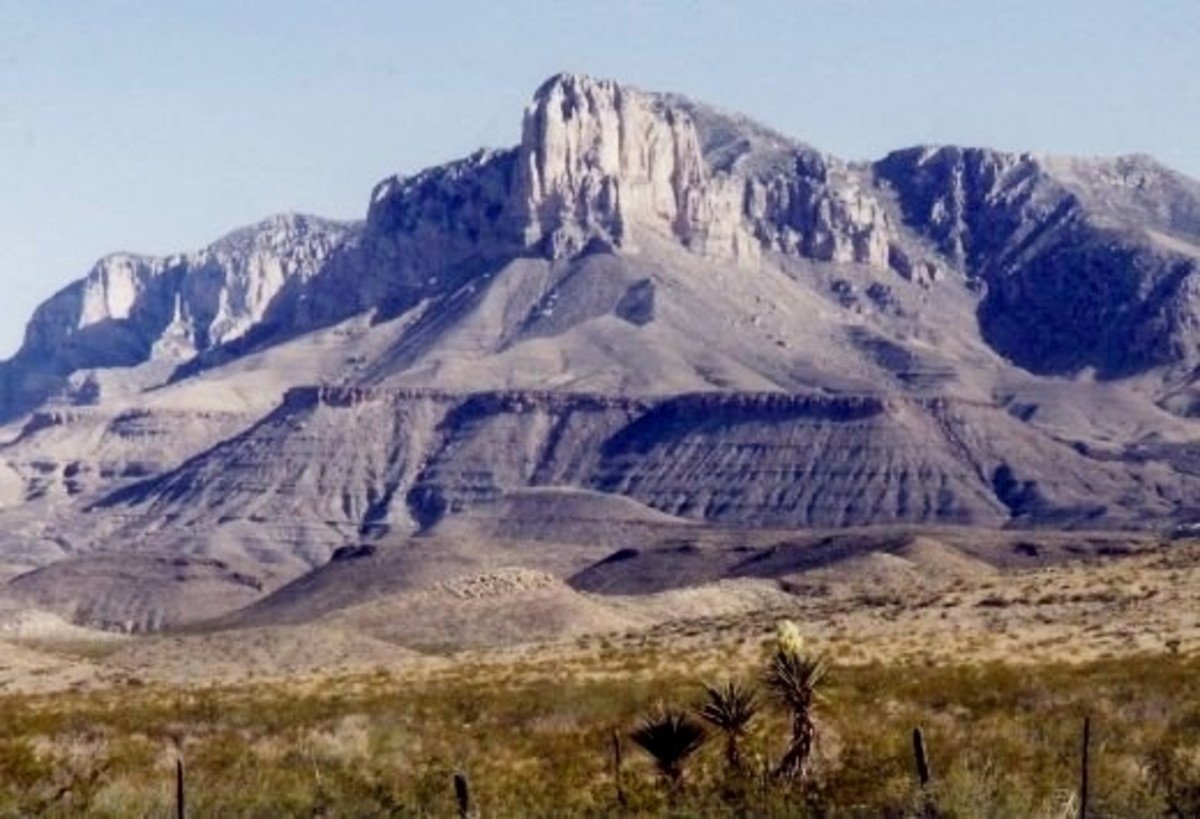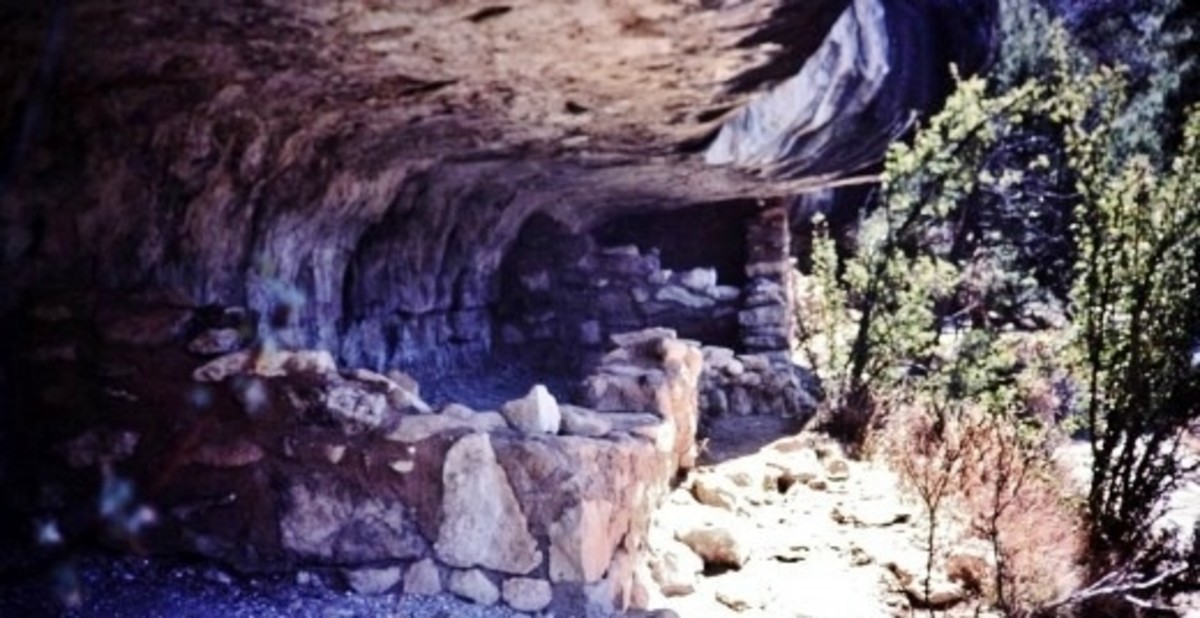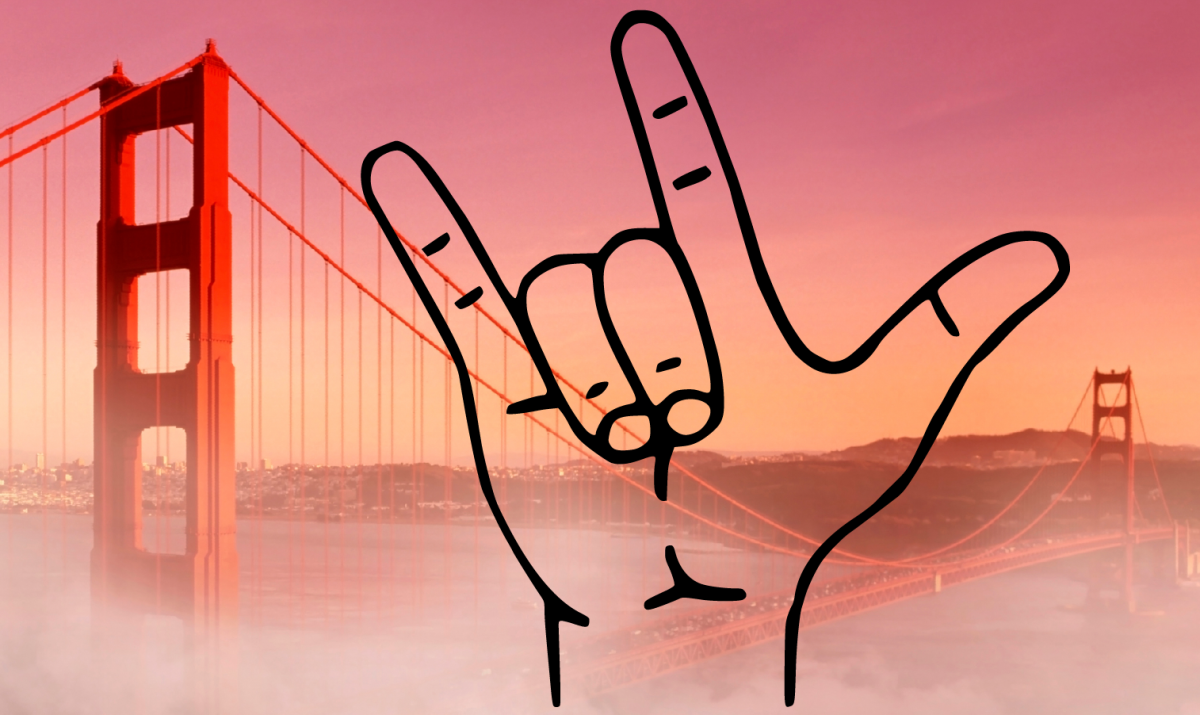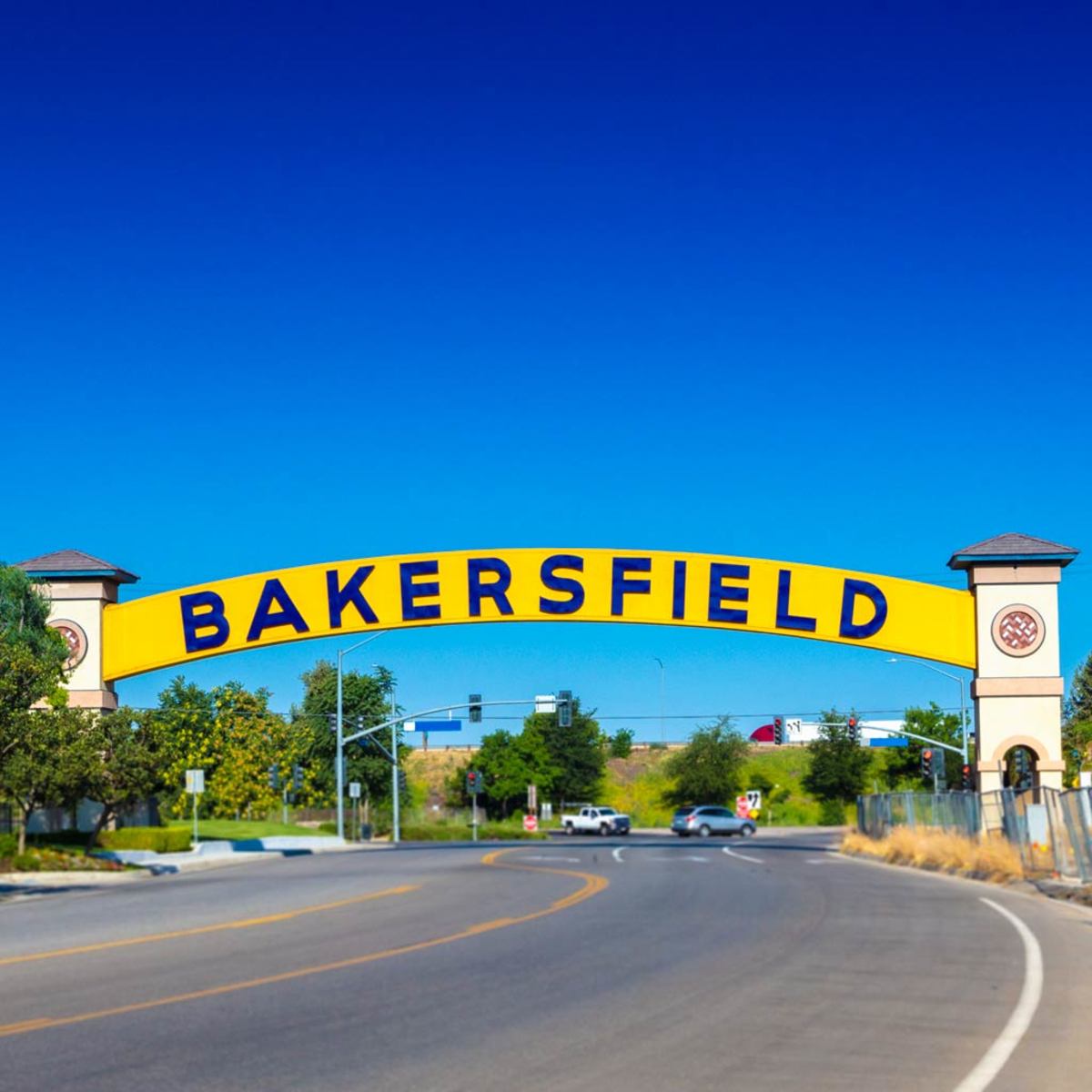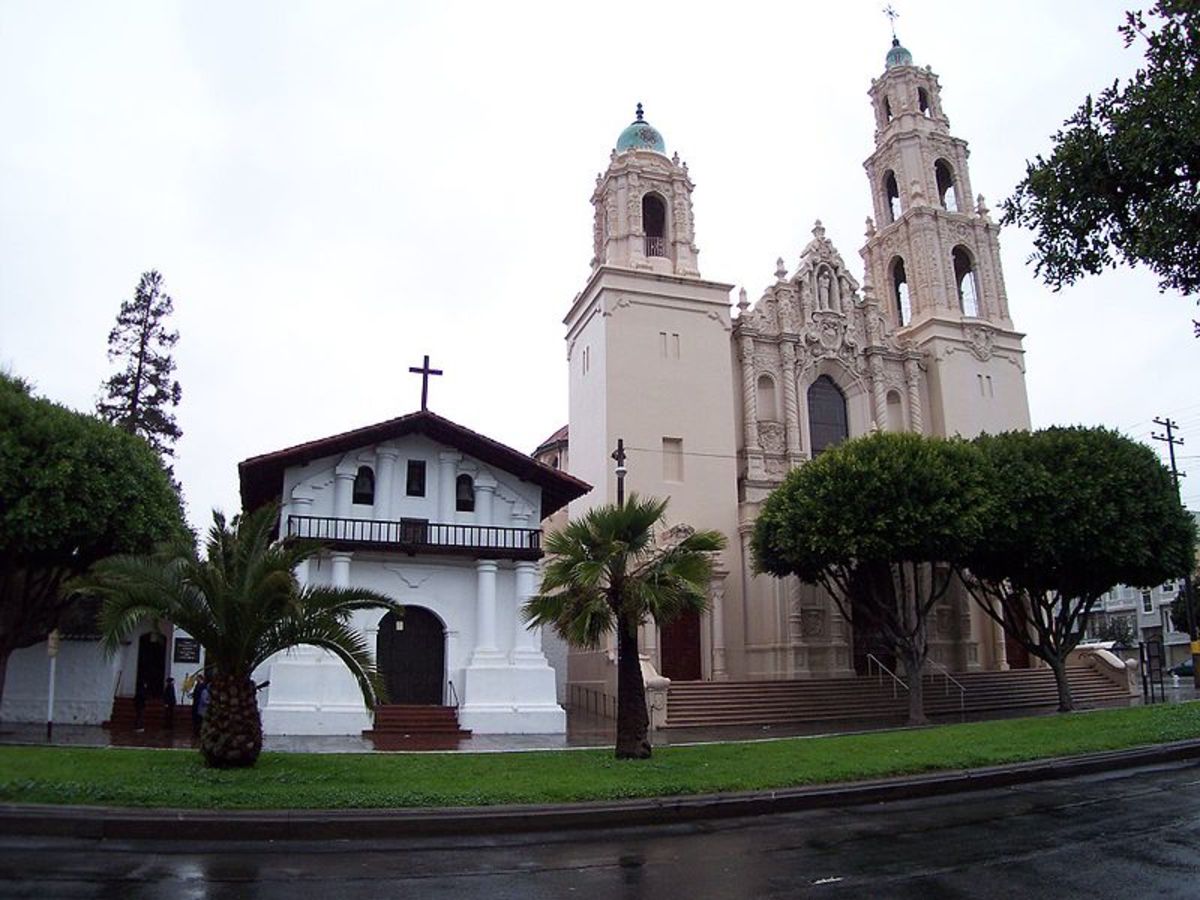- HubPages»
- Travel and Places»
- Visiting North America»
- United States
Our National Parks: A Day in Death Valley
Desert Bighorn
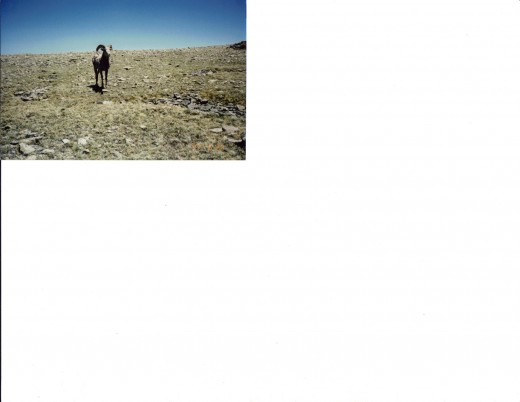
A Day in Death Valley
Death Valley*
What's Stovepipe Wells going to look like? The map didn't do much for me in a Denver sporting goods store months before our planned visit. Would there be diamondback rattlers, tarantulas and scorpions? Not in March, I supposed. And yet I well remembered a diamondback rattler one late spring day in New Mexico. My friends called him "The General." He pretty much had his way until that day when he had climbed the screen door of their house out in the desert near Pena Blanca. That was too much, but they didn't kill him, they just shouted and screamed at him till he slid down to the ground and slithered off toward a field of yuccas.
My whole family met in Las Vegas, Nevada coming from New York, Fort Lauderdale, Boulder and Denver. Why Las Vegas? I had to give a paper there at a convention but promised we'd haul out of there north by northwest to Death Valley, California to a place called Stove Pipe Wells. Would this be a hole in the wall on flat white sand? Would there be any vegetation at all? I had read about desert bighorn sheep and wondered if we would see any. there. Why Stove Pipe Wells? Well, back in that sporting goods store in Denver, I read a brief description of Mosaic Canyon--just outside of Stove Pipe Wells--that consists of a serpentine marble, smooth slickrock canyon with dry waterfalls, bighorn sheep and cobalt blue skies.
As we raced northward beneath Mount Charleston outside of Las Vegas, a disturbing desert-brown floater suddenly appeared in the corner of my left eye. A year earlier my retina had detached, but my operation to repair it was successful. Was my eye falling apart again as I approached the Valley of Death? I let no one know of my discomfiture--didn't want to spoil the trip. (Later I found out my retina was fine--just a harmless brown floater--a little piece of the dsert--floating around in my vitreous humor). Finally, Beatty, Nevada and our turnoff for Death Valley, the continent's deepest geologic fault line. We climbed up to a pass at four thousand feet and there was Death Valley, a narrow winding white valley with wrinkled, elephant-skinned mounds rising here and there--"hills like white elephants" as Hemingway wrote about Spain. On the down-sloping hillsides sprouted occasional pinyons, junipers, yuccas, desert poppies, and cottontop cactus amid an array of colorful stones gleaming in the sun. We stood in the Funeral Range and across from us rose the Panamints, and above them the high and snowy Sierra. I couldn't help but think of Frank Norris' character McTeague floundering around with his bird cage in the middle of Death Valley.
I told my family to chin up even though we had no rod or staff to comfort us. Down, down we went until we reached the five-mile wide vallet fault line to witness landscapes as poetically barren as those of Georgia O'Keefe. Ravens circled overhead in a cloudless sky. Waves of sand spread northward and rugged canyons loomed westward like pieces of Mars. We all were giddy with energy and laughed and giggled constantly--so much the better for me; my worries and concern over my eye dissipated like desert clouds. "We'll I'll be..., "said I as we approached the green oasis of Stove Pipe Wells nestled in the shade of willows and cottonwoods, a cute little town that blended into Death Valley as though it really wasn't there.
Lunch eaten, we drove up a gravel road to the trailhead of Mosaic Canyon. A desert fox trotted across the road ahead of us into mesquite bushes in pursuit of water or small game or both, his tongue dangling. The sandy entrance to Mosaic Canyon rose above beckoning us to experience lands unknown. Shouldering our packs, we hoofed across sands into the serpentine canyon with a steady cool wind blowing into our faces. Bright yellow desert poppies fluttered along the trail that narrowed down to single file width. We twisted and turned through smooth slickrock impregnated with occasional bands of sandstone conglomerates. Reds, browns, grays of rock bore down on us the deeper we ventured. Green mesquite bushes, yellow and white poppies, pickle-green pickleweed and arrowroot tried to bloom during springtime in the desert, but this year's rainfall, we heard from the man in Stove Pipe Wells, was scanter than normal.
Once atop a series of ledges, we peered across to the distant Mesquite Dunes, white against the blue of sky. Later we would frolick on these rippled piles of sand surrounded by dark and wrinkled canyonlands rising abruptly to the west and east. In the spirit of fun, we all bounded up a parallel trail in Mosaic Canyon which followed a knife-edge dirt ridge. But soon the drop-off on either side fell at a steeper angle frightening the girls. I suggested they turn around slowly and backtrack to the main trail. Easier said than done. With trepidation, each turned slowly to get down on their haunches and slide the rest of the way down to the main trail. Nerves recovered, they quickly joined us at the trail junction after we had descended a steeper, more difficult route.
Arriving at the base of a dried up waterfall, my wife and youngest daughter decided to rest with a supply of water and snacks while the six of us continued upward through chimneys and chutes until we reached the top of the dry falls to see miles more of Mosaic Canyon rising forever above reds and browns and layers of conglomerates looking like some giant grooved brain petrified by desert winds. On another day in the future we hoped to complete the twenty-six mile trail up into one of these grooves. We swilled some cool canteen water and looked and looked for bighorn sheep--none to be seen anywhere, just circling ravens above and gray lizards scampering on the rocks at our feet, but one of them stretched himself as if to sunbathe. No small coincidence that the French verb "to sunbathe" is "se lizarder." Each of us sat on a chosen perch and peered into the desert lands of Death Valley for who knows how long. Though we kept our silence, we remained very much a family unit, flecks of consciousness amid rock and space.
Death Valley's beauty is too vast to be borne by one individual alone; it must be shared. A writer attempts to share. I tried to imagine this valley at dawn's early light in layers of pink and then red and then gold. I tried to imagine dying here in Death Valley. Would it be death at all, or a transfiguration into the essence of the desert? But thoughts of death gave way to thoughts of life, a rich life with my wife and children and their mates. Death Valley brought us together in ways only each of us may fully know.
One by one we arose from our semi-meditative states and began our descent to the other family members. Luckily no snakes, only fast scampering lizards. As had been explained in Stove Pipe Wells, poisonous reptiles keep their distance from the scent of humans, particularly they keep their distance from a well-used trail. Amazingly, a cool and refreshing wind rushed up canyon just as it had rushed down canyon at the beginning of our hike as if we had ordered it.
Soon we joined my wife and youngest daughter and merrily descended toward the dunes, stopping to watch a thirsty coyote lap water from a spring. He was terribly thirsty and continued to drink as we drove on down to Stove Pipe Wells where we stopped for cold bottles of sparkling water and soon drank as heartily as had that coyote. The man at the shop suggested we should drive to the lowest point in the western hemisphere (282 feet below sea level) and walk out onto the shimmering salt flats. He didn't have to twist our arms. Though I started to worry about my eye again, I thought that if I must go blind, there was no better place than here to remember my last visual impressions of God's good Earth. With all its wrinkled landscapes and shimmering mirages, Death Valley contained the very planetary essence of the Great American West.
It is very curious that the lowest and highest points on the North American Continent are within sight of each other: Death Valley (minus 282 feet) and Mount Whitney, 14,505 feet high.
* An earlier version of this essay appears in my out-of-print book, Where Land is Mostly Sky (Passeggiata Press, 1997).
Death Valley
Have you ever been to the lowest elevation in U.S.?
© 2009 Richard Francis Fleck
